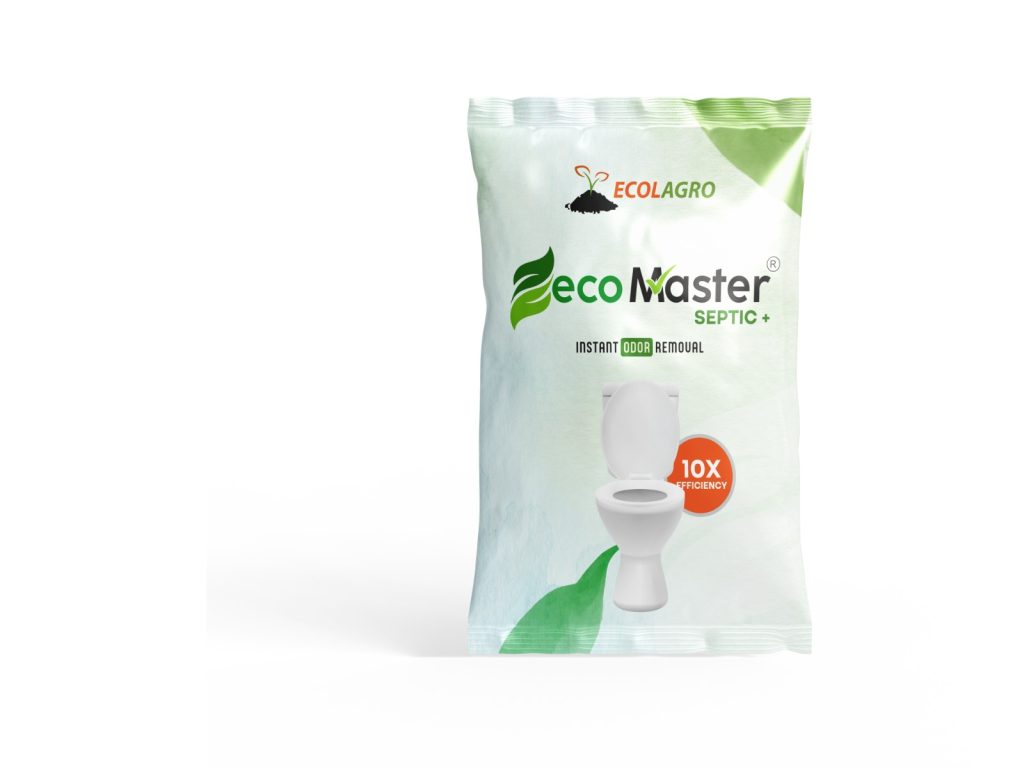For homes not connected to a municipal sewage system, a septic tank is an essential part of managing wastewater safely and efficiently. Whether you’re building a new home in a rural area or simply want to understand your current system better, knowing how a septic tank works, how to maintain it, and when to service it is crucial for avoiding costly problems. In this blog, we’ll break down everything you need to know about septic tanks for residential use.
What is a Septic Tank?
A septic tank is an underground wastewater treatment structure typically made of concrete, fiberglass, or plastic. It is used to treat and dispose of household wastewater onsite. Waste from toilets, sinks, showers, and appliances flows into the tank, where solids settle and are partially broken down by bacteria before the liquid effluent is discharged into a drain field.
How Does a Septic Tank System Work?
A standard septic system has two main components:
-
Septic Tank:
-
Separates solids from liquids.
-
Breaks down organic matter.
-
Stores sludge (solid waste) that needs periodic removal.
-
-
Drain Field (Leach Field):
-
Filters the liquid wastewater into the ground.
-
Helps remove harmful bacteria and nutrients.
-
The system relies on gravity and natural biological processes, making it low-maintenance but still in need of regular care.
Benefits of a Septic Tank for Homes
-
Ideal for rural or off-grid properties.
-
Eco-friendly wastewater management.
-
Cost-effective in the long run.
-
Durable systems can last 20–40 years with proper maintenance.

Maintenance Tips for a Healthy Septic System
-
Regular Pumping:
-
Have your tank pumped every 3–5 years depending on household size and usage.
-
-
Avoid Flushing Harmful Items:
-
Don’t flush wipes, feminine products, grease, chemicals, or non-biodegradable materials.
-
-
Use Water Efficiently:
-
High water usage can overload your system.
-
-
Inspect Annually:
-
Check for signs of leaks, odors, or slow drains.
-
-
Protect the Drain Field:
-
Don’t park vehicles or plant trees over it. Roots can damage pipes.
-
Signs Your Septic Tank Needs Attention
-
Foul odors near drains or in the yard
-
Slow-draining sinks and toilets
-
Sewage backups inside the house
-
Wet or soggy areas above the drain field
If you notice any of these, contact a professional immediately. A well-maintained septic tank system is a reliable and sustainable solution for household wastewater management. By understanding how it works and following basic care guidelines, homeowners can ensure efficient operation for decades. Whether you’re building a new home or managing an existing system, investing in proper septic care today saves money and headaches tomorrow.
Try our Ecomaster Septic+ For Your Septic Tanks at Home
Try Ecomaster Septic+ for your home’s septic tank and experience a cleaner, more efficient waste management system without harsh chemicals. Formulated with powerful, natural enzymes and beneficial bacteria, Ecomaster Septic+ breaks down organic waste, grease, and sludge, helping to prevent clogs, foul odors, and costly backups. It’s a safe, eco-friendly solution that supports the long-term health of your entire septic system, perfect for regular maintenance and ideal for environmentally conscious households


